The world learnt with tremendous shock, surprise, and a degree of distress about the attack on Saudi oil facilities at Abqaiq and Khurais, bringing down the Saudi oil giant Aramco’s oil production by 5.7 million barrels a day. The attack occurred on 14th September and we still do not know who carried out the attack and from where the missiles and drones were launched. Nor do we know of the full measure of the United States (U.S.) response. However, enough time has elapsed to come to some tentative conclusions. Neither side is wanting to set fire to the region, but an accidental spark might do precisely that.
The Houthis in Yemen against whom Saudi Arabia has been engaged in a military operation code-named Operation Decisive Storm (ODS) since March 2015, promptly claimed responsibility. Equally promptly, U.S. Secretary of State Mike Pompeo asserted categorically that Iran launched the attack, without waiting for his agencies to complete their investigations. However, President Trump in his initial reaction did not blame Iran but wanted to be told by Saudi Arabia as to who did it. In short, initially, the signals from Washington as to who did it have been mixed, to put it mildly. It is not clear whether such mixed signaling is a deliberate tactic or a fact of life reflecting the policy-formulation disarray, characteristic of the Trump presidency.
By the fourth day, both Riyadh and Washington have unequivocally claimed to have evidence that Iran was responsible for the attack. It is important to parse the statements from both the capitals in this regard. While Washington has claimed that Iran sent the missiles and drones, Riyadh has said that it was yet to establish from where the attack originated. However, Riyadh has put on display the debris and three drones claiming that Iran's signature is unmistakably clear. Further, Riyadh has asserted that the attack did not come from Yemen, the implication being that it might have come from Iran or Iraq.
The reader might wonder why Saudi Arabia with a rising defence budget - at $ 67 billion in 2018, making it the third-largest spender on defence - has failed to secure itself against such attacks on its vital oil installations. The Kingdom has the Patriot system of missile defence supplied by U.S. However, that system cannot detect the cruise missiles and drones flying below the radar. That raises the question: Can there be any fool-proof defence against drones and cruise missiles aimed at oil installations, water plants, and such economically crucial targets? The Houthis have threatened that they might do it again and repeated that they did it in retaliation to Saudi bombing on schools, wedding gatherings, and even funerals.
Secretary of State Pompeo who visited Saudi Arabia and United Arab Emirates (U.A.E.) has been rather careful in his choice of words. He did not signal that any military action was under consideration. After meeting the U.A.E. Crown Prince Sheikh Mohammed bin Zayed (20th September) Pompeo told the media, “We are here to build out a coalition aimed at achieving peace and a peaceful resolution. That's my mission, that's what President Trump certainly wants me to work to achieve and I hope that the Islamic Republic of Iran sees it that way."
Likely Response from Trump
Left to himself, Trump would like to carry out a ‘surgical strike’ without any retaliation from Iran. He did that in April 2018 when President Basher al Assad had reportedly used chemical weapons. There was no retaliation from Assad. President Trump can send Tomahawk missiles against some targets in Iran and declare that the sites from which the attacks were launched have been destroyed. He does not want to repeat the 2003 folly of his predecessor Bush who invaded and occupied Iraq that cost more than a $trillion by 2015, with the cost still mounting.
The fly in the ointment is that Iran has warned that any strike by the U.S. will lead to ‘total war’. Its Foreign Minister Zarif has warned of "all-out war" in the event of U.S. or Saudi military strikes against his country and questioned whether Saudi Arabia was prepared to fight "to the last American soldier”. Zarif who studied in the U.S. is invoking a phrase used by Defense Secretary Robert Gates way back in 2010. Gates told his French counterpart, “The Saudis always want to fight the Iranians to the last American” and it is “time for them to get in the game.”
Riyadh seems to have got the message that Gates wanted to give in 2010. The day Riyadh displayed the fragments of the drones and missiles (18th September) the Saudi Deputy Defense Minister Khalid bin Salman praised the U.S. Administration, but pointedly reminded Washington that Barack Obama had committed the U.S. in 2015 to an unequivocal policy “to use all elements of power to secure our core interests in the Gulf region and confront external aggression against our partners and our allies, as we did in the Gulf war”. Former Obama administration officials say, according to the New York Times, this did not amount to a treaty, but a unilateral statement of U.S. policy. The reader might recall that Riyadh practically insulted Obama when he paid an official visit by not receiving him properly at the airport to show their anger with him for agreeing to the nuclear deal with Iran despite their strong objection. That was Obama’s last and final visit in April 2016. One should also recall the contrast with the magnificent reception accorded to Trump, who chose Riyadh for his first official visit in 2017.
There is frustration among Arab columnists too over Trump’s not coming to Riyadh’s defence in a forthright manner. “Trump, in his response to Iran, is even worse than Obama,” said Abdul Khaleq Abdulla, a prominent political scientist in the U.A.E. Instead of reversing the perceived pullback as Gulf leaders had expected, Mr Abdulla argued, President Trump let down his Arab partners by failing to respond more forcefully to Iranian aggression.
Iran’s Strategy
Iran is economically getting asphyxiated by Trump’s sanctions. Whether the drones and cruise missiles originated from Iran or not, it is reasonable to assume that they were made in Iran until we see evidence of the Houthis’ having developed such a level of expertise. It is equally true that about 99 per cent of the bombs used against the Houthis by Saudi Arabia are made in the U.S.
Iran counted on European Union (EU), more specifically on French President Emmanuel Macaron, to make it possible for Iran to trade with the EU in oil and other goods despite Trump’s sanctions. More recently, Macaron promised to arrange for a $15 billion credit and reportedly, Trump’s opposition has stymied it. Macron has not given up hope, but it is doubtful Europe will stand up to Washington.
Iran has got diplomatic support from China and Russia. In August Foreign Minister visited Beijing and it was decided that China would invest $400 billion ($ 280 billion in petrochemicals and $120 billion in transportation and manufacturing infrastructure). It is reliably learnt that China continues to import oil from Iran without caring for Trump’s sanctions.
We also need to take into account the growing influence of the ‘hard-liners’ over policy toward Washington. They have assessed that Trump will not start a war, since apart from body bags, a sudden spike in oil prices if the movement of tankers through the Strait of Hormuz is disturbed, will erode Trump’s domestic support base as he seeks re-election.
India’s Stakes
India is keen to see a negotiated resolution to the ongoing crisis. Any war in the region will have an adverse impact on India, to mention only the presence of 8 million Indians in the region and the 80 per cent of hydrocarbon energy import from the region. Even without a war, India has started paying a heavy price by not importing oil from Iran. In the 2018-19 financial year, India was planning to import 25 million tonnes of oil that were to be paid for in Rupees with Iran’s buying products from India against that Rupee account. Moreover, Iran was giving 60 day-credit against 30 days by other suppliers.
India’s plans to get connectivity to Afghanistan and Central Asia through the Chabahar port can run into problems. Iran’s Ambassador to India Dr Ali Chegeni has publicly complained that India’s work in Chabahar has slowed down. China with its planned investment of $400 billion is probably looking at Chabahar also and Beijing might try to replace New Delhi there.
What Next?
The latest from Washington is that Trump has decided to send additional troops to the region and to impose more sanctions on Iran. The number of troops is not known. The Pentagon said the deployment would involve a moderate number of troops - not numbering thousands - and would be “primarily defensive in nature”. It also detailed plans to expedite delivery of military equipment to both Saudi Arabia and the U.A.E. As regards the new sanctions, we do not know what is new in them. After imposing sanctions on Ayatollah Khamenei, what is left?
It is perilous to look into the seeds of time and say, as Shakespeare put it, which grain will grow, and which will not. It is unlikely that Trump will send Tomahawk missiles to Iran. However, the international maritime security force that Washington initiated has so far got Saudi Arabia, U.A.E., Australia, and the U.K. to join in. There can be ‘incidents’ involving Iran and this force, and an incident can provide the spark to set fire to the inflammable region.
In a more rational world, the U.S. and Iran should talk and work out a compromise. It might be possible that Iran might agree to discuss its aid to its ‘regional proxies’ as part of a larger deal to restore sanity and peace in this troubled region. The key to open the door to such a deal is with President Trump. It was his 2018, decision to impose sanctions on Iran after walking out of the nuclear deal that has brought the world to this sorry pass. If he lifts the sanctions, he would find Iran willing to talk and to reverse its progressive violations of the nuclear deal.
If Trump uses the key he has, he would deserve the Nobel Prize for Peace much more than Obama when he got it.
(The paper is the author’s individual scholastic articulation. The author certifies that the article/paper is original in content, unpublished and it has not been submitted for publication/web upload elsewhere, and that the facts and figures quoted are duly referenced, as needed, and are believed to be correct). (The paper does not necessarily represent the organisational stance... More >>
Image Source: https://i2.wp.com/theaviationist.com/wp-content/uploads/2019/09/SaudiDRoneAttack_80.jpg?resize=678%2C381&ssl=1

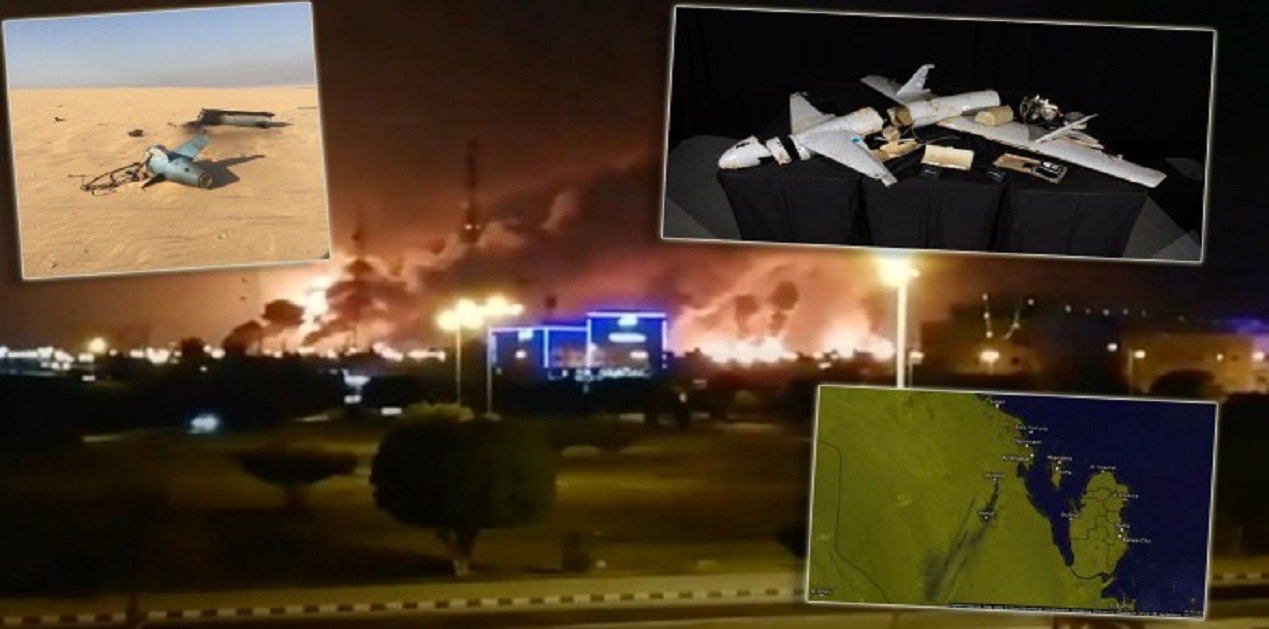
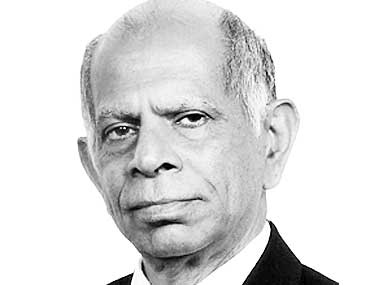
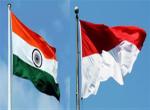




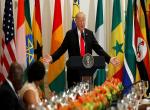
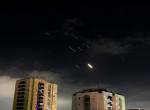
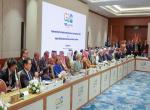
Post new comment